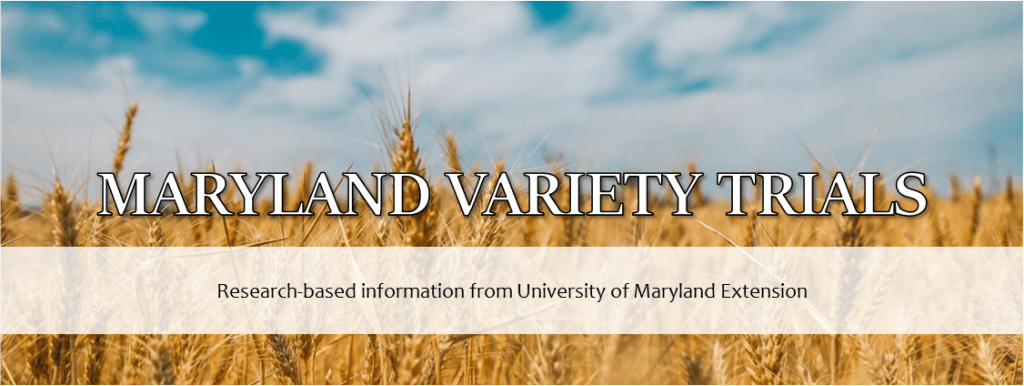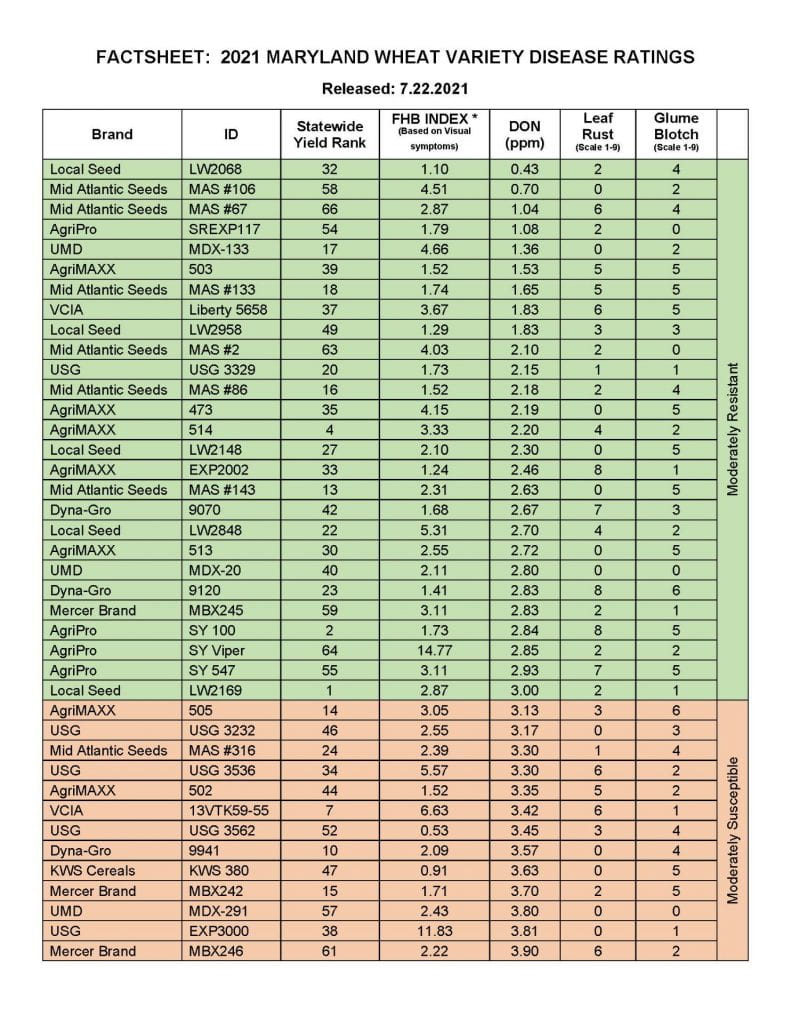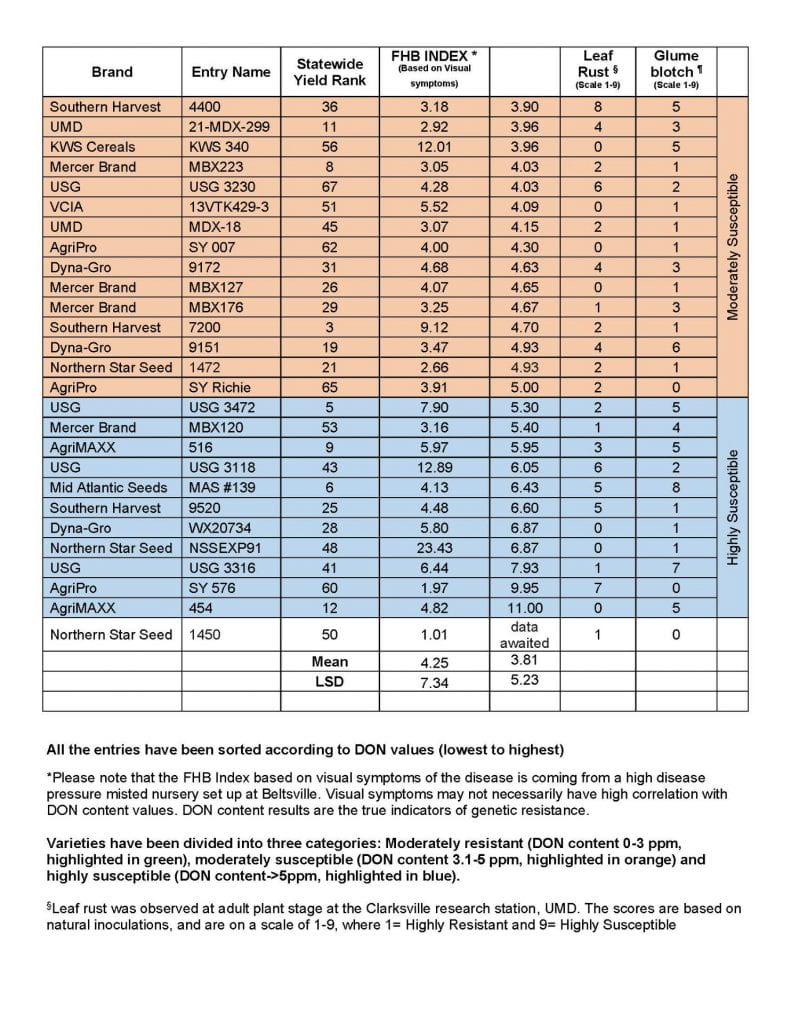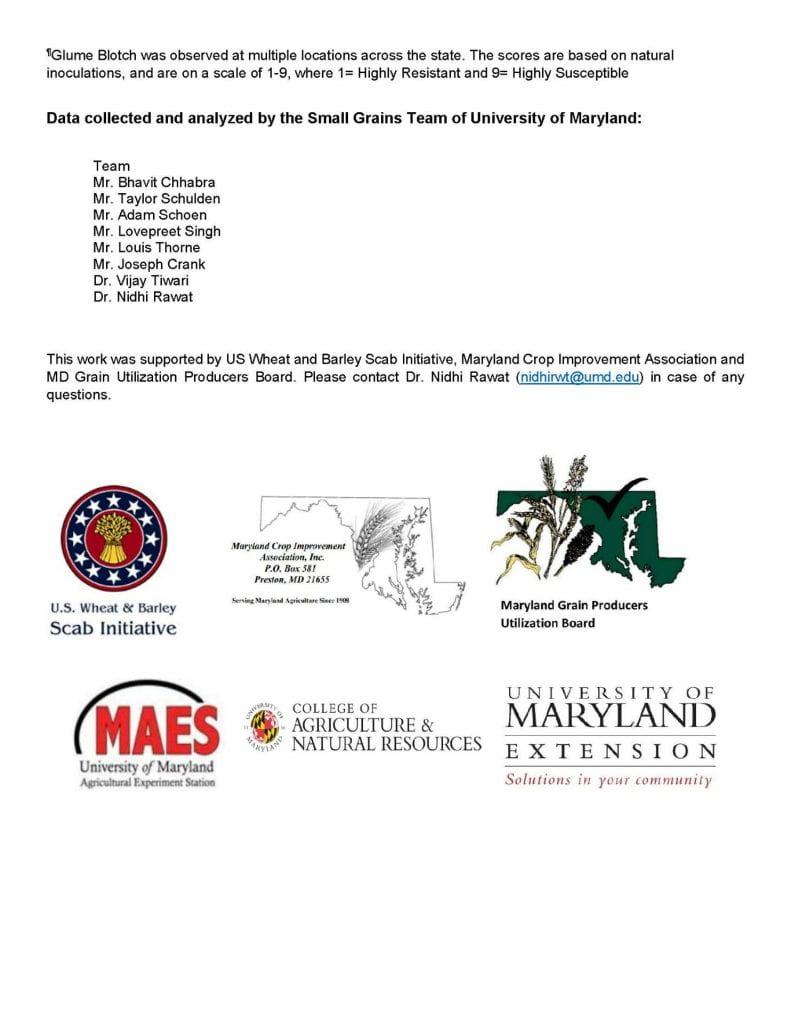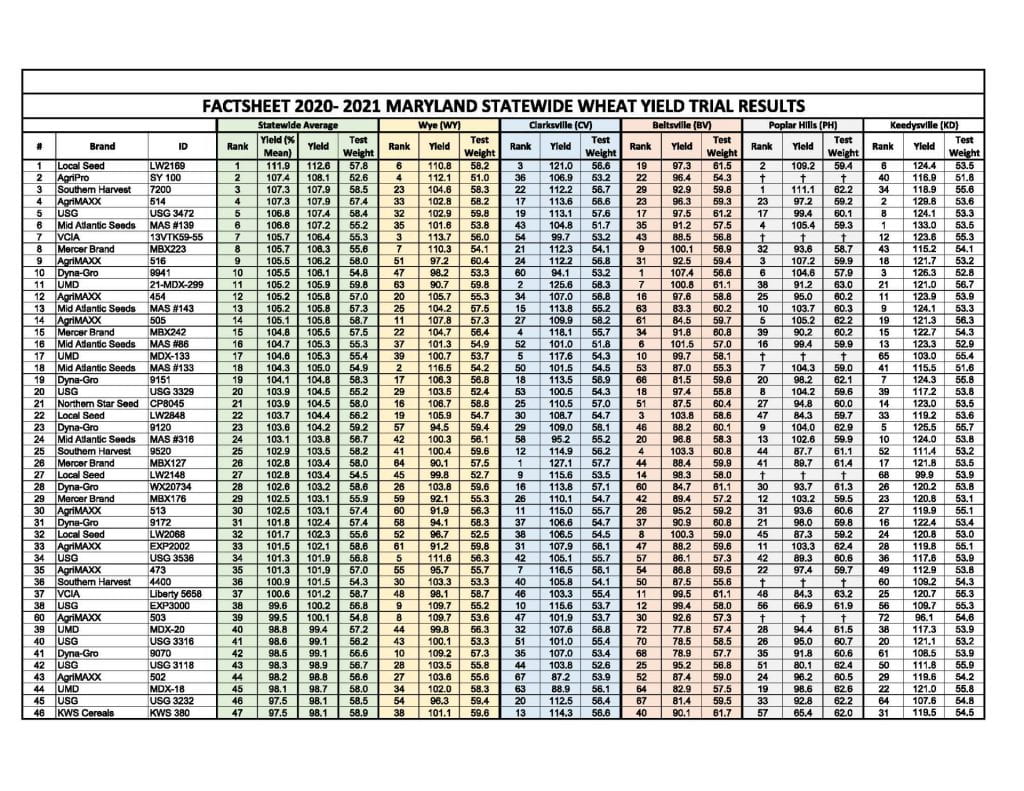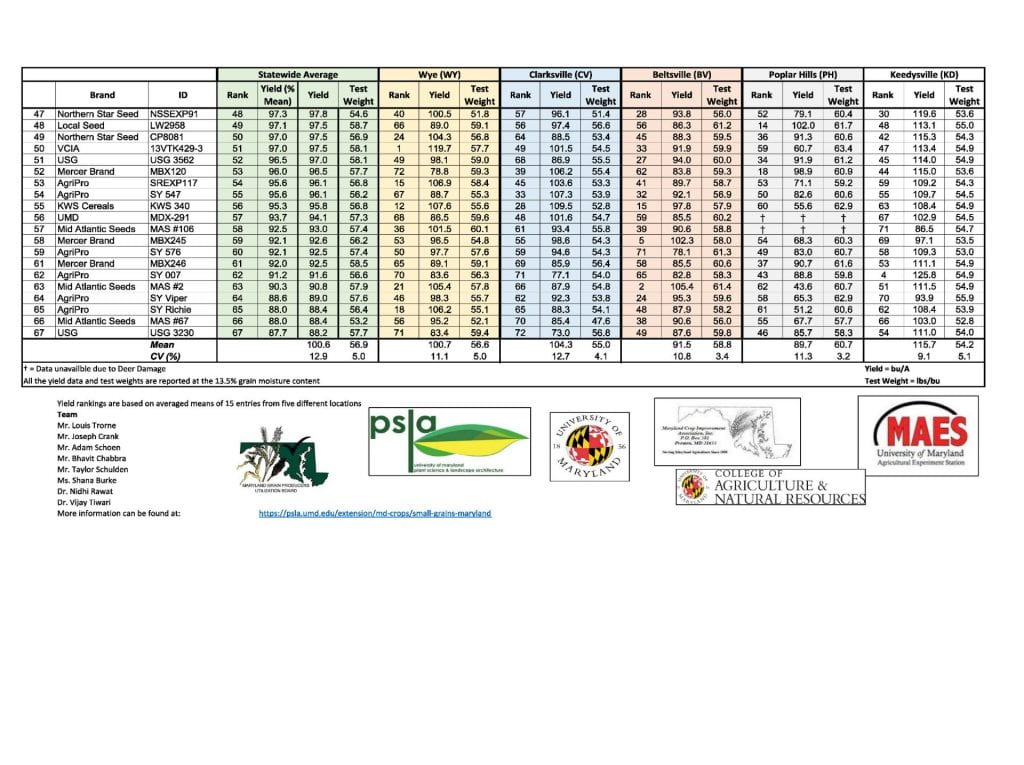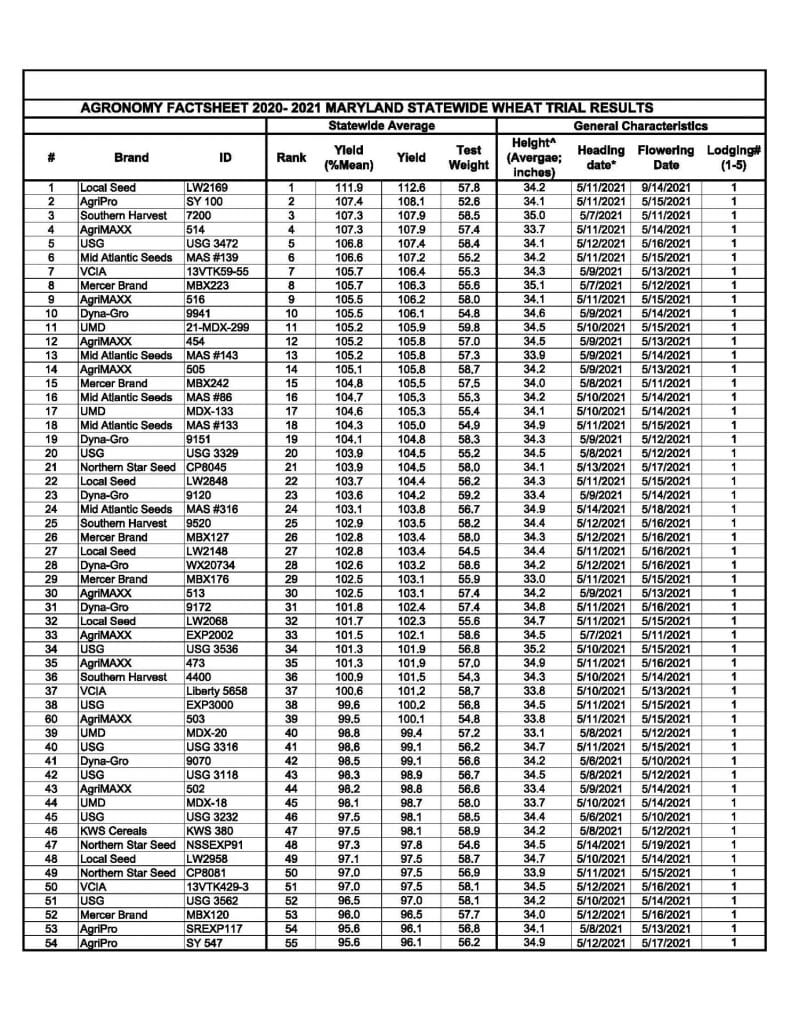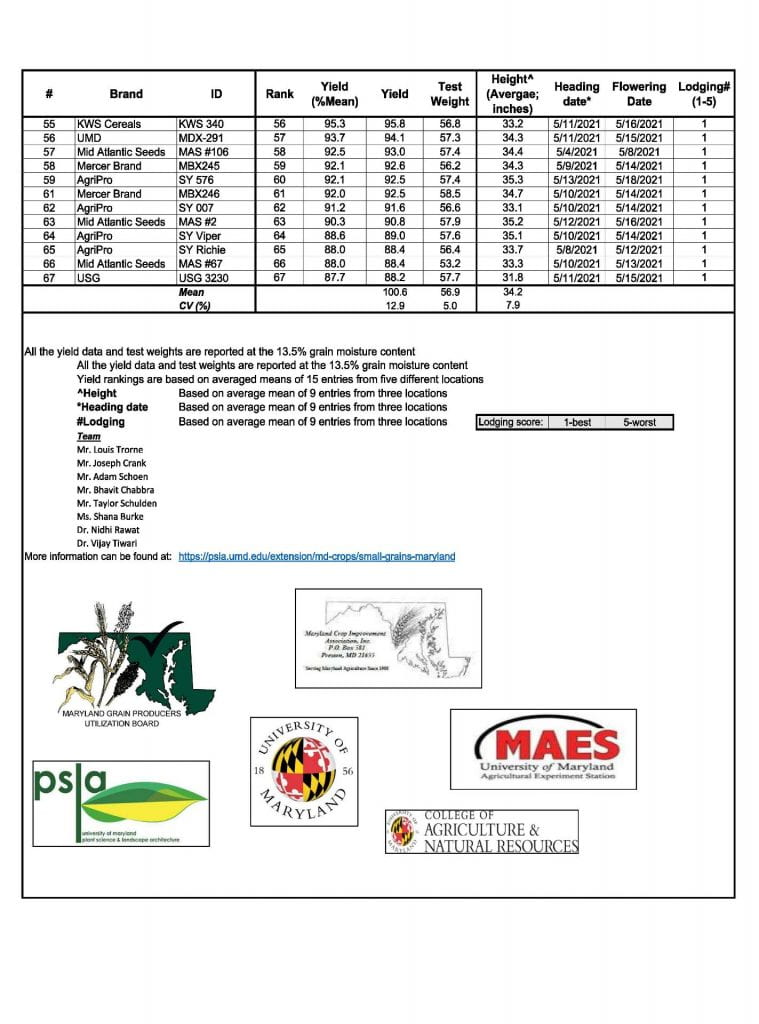Jodi Letterman, public affairs specialist
USDA, National Agricultural Statistics Service
No other agricultural data series is quite like the Census of Agriculture. Every five years, American producers share information about themselves and their operations, contributing to a historical legacy that engages us whether we are looking backward or forward. The Census of Agriculture is a complete count of U.S. farms and ranches and the people who operate them. The data are used by producers as well as those who serve them and rural communities, including federal, state and local governments, agribusinesses, trade associations, and many others.
The purpose of any census is to enumerate, or count, all objects with a defined characteristic. For the Census of Agriculture, that goal is to account for any place from which $1,000 or more of agricultural products were produced and sold, or normally would have been sold, during the census year. Even the smallest plots – urban or rural – count, if this definition is met.
To prepare for the ag census, USDA’s National Agricultural Statistics Service conducts the National Agricultural Classification Survey – going on now – to help identify all agricultural activity across the country. NASS encourages all producers who do not currently receive USDA NASS surveys and censuses to sign up to be counted today.
Everyone who receives a survey gives voice to their agricultural community, letting industry, new markets, and government know who they are and what they do. It is vital that everyone responds so that all of agriculture is represented and no one is left out.
There is a lot at stake. Quality data impacts decisions about commitment of resources, growing communities and the best ways to leverage billions of dollars. Ag census data are used to grow markets, fund research, determine disaster assistance and much more. For the 2022 Census of Agriculture, data collection begins in November 2022.
When data collection is complete, the rest of 2023 will be dedicated to data review and analysis, which includes a comprehensive disclosure review to ensure the protection of every respondent’s identity. The information provided by producers in any NASS survey or census is used for statistical purposes only. In accordance with federal law, survey responses are kept confidential and will not be disclosed in identifiable form.
When the data are finalized, an expert cadre of statisticians combines the data to provide information on the characteristics of farm operations and producers at the national, state and county levels. With data coming directly from the American agricultural producer, no other data series informs us and our descendants more completely and reliably about living and growing in this place in time. Look for the results of the 2022 Census of Agriculture early in 2024.
The 2022 Census of Agriculture tagline, Your Voice, Your Future, Your Opportunity, though oft skimmed, beats a heart of meaning for our communities, our children’s children and our possibilities.
For more information about the 2022 Census of Agriculture or how to help promote it, visit www.nass.usda.gov/AgCensus or contact Jodi.Letterman@usda.gov.
Jodi Letterman is a public affairs specialist at USDA’s National Agricultural Statistics Service.
